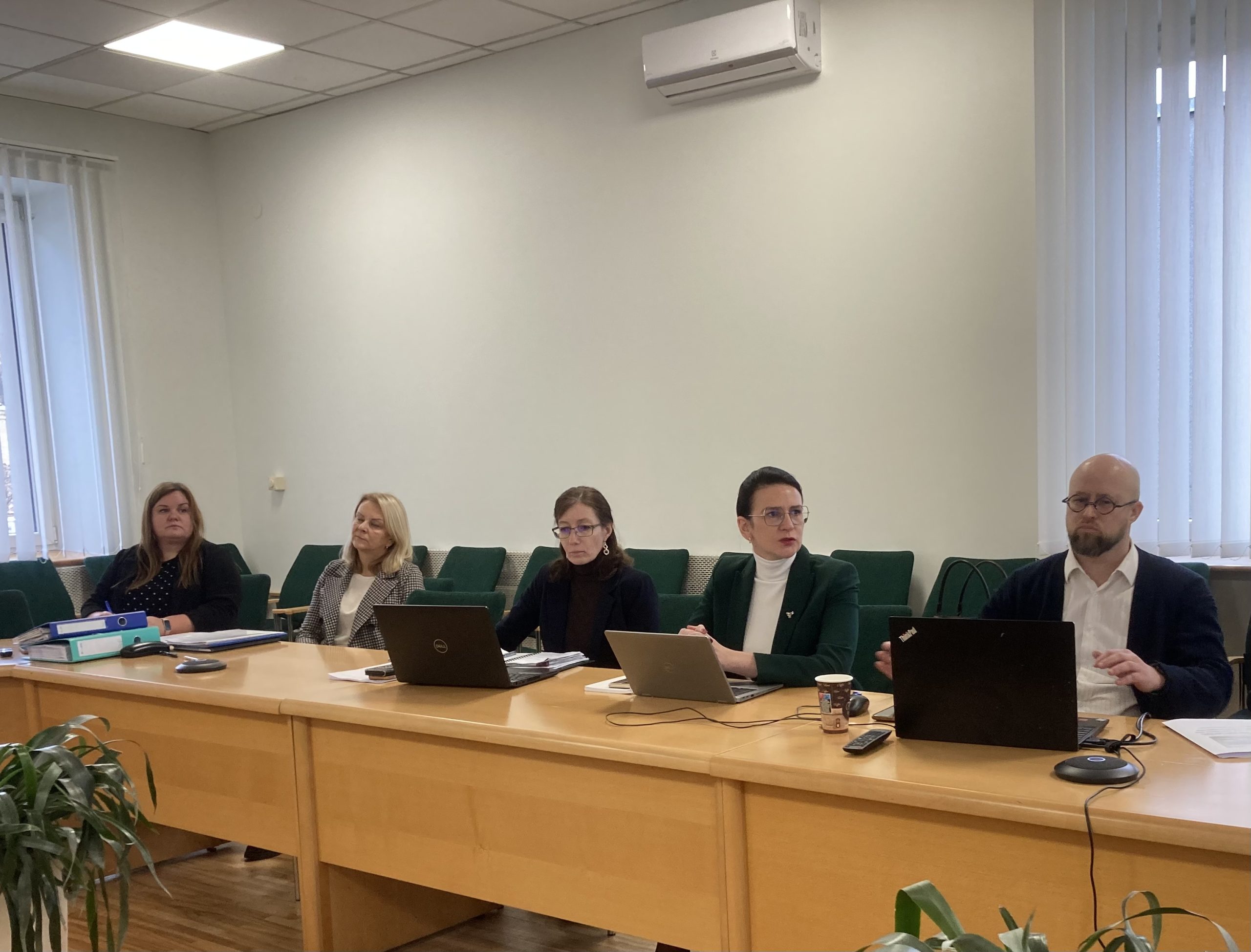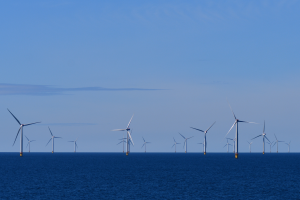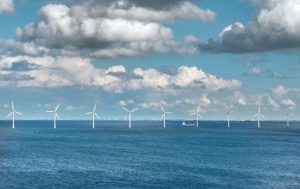As Lithuania is planning to launch the second 700 MW offshore wind farm tender for the selection of a developer, the concept plan for the development of engineering infrastructure and the strategic environmental assessment (SEA) report for the project of special national importance have been presented publicly.
The purpose of the state-level special territorial planning document is to identify the areas required for the connection of offshore wind farms to the onshore electricity transmission grid and related infrastructure. It will also ensure that the green energy produced by the offshore wind farms can be transmitted to the onshore transmission grid.
"The development plan is expected to be adopted by the end of next year. The corridors identified in this development plan will be used to build the infrastructure needed to connect offshore wind farms. The offshore wind farm developers who win the tender will be responsible for the construction of this infrastructure," said Daiva Garbaliauskaitė, Vice-Minister of Energy.
The development plan, commissioned by the Ministry of Energy, has been prepared by Ardynas, and the SEA report has been prepared by Ardynas and the Public Institution Pajūrio tyrimų ir planavimo institutas (Coastal Research and Planning Institute).
To reduce Lithuania’s dependence on electricity imports and to achieve full self-sufficiency in domestic renewable electricity by 2030, the Ministry of Energy is planning two offshore wind farms with a combined capacity of 1.4 GW in the Baltic Sea in the territory of Lithuania. These farms could generate around 6 TWh of green electricity per year, which is around half of current electricity demand of Lithuania.
The second offshore wind farm tender will be launched on 15 January 2024. Under the terms of the tendering procedure, the developer will be able to offer to develop the farm with or without state support, as well as compete for the amount of support requested: for all or part of the energy produced. The European Commission has also approved a scheme for possible state support. VERT has already set a maximum and minimum price at which the developer would commit to sell the electricity generated on the market.
The successful tenderer will be required to contribute at least EUR 5 million for environmental protection in the Lithuanian maritime area. Once the offshore wind farm is built, the developer will be obliged to make an annual contribution (EUR 1 per 1 MWh of electricity generated) to the coastal communities. Preliminary estimates suggest that this could amount to around EUR 3 million per year.
The area of the Baltic Sea designated for the farm is about 136 km2. It will be about 30 kilometres from the coast.
The Ministry of Energy has been organising preparatory works for the second offshore wind farm tender. A development plan for the offshore area for the development of renewable energy facilities has already been approved, a development plan for the connection of the wind farms to the onshore grid is being prepared, an environmental impact assessment report for the offshore wind farm has been approved, bottom geophysical and geotechnical surveys have been carried out in the offshore area for the development of the wind farm, and the wind speeds and other hydrometeorological parameters have been measured.
Preparatory works for offshore wind farm development and related infrastructure No. 03-004-P-0001








